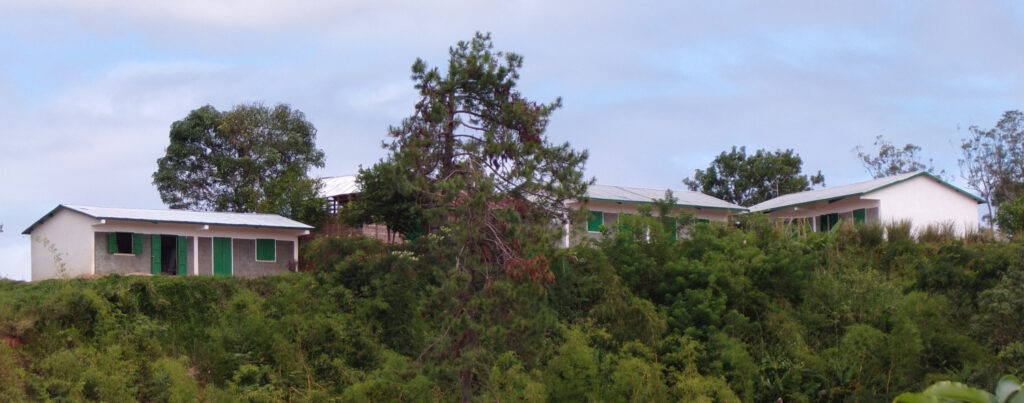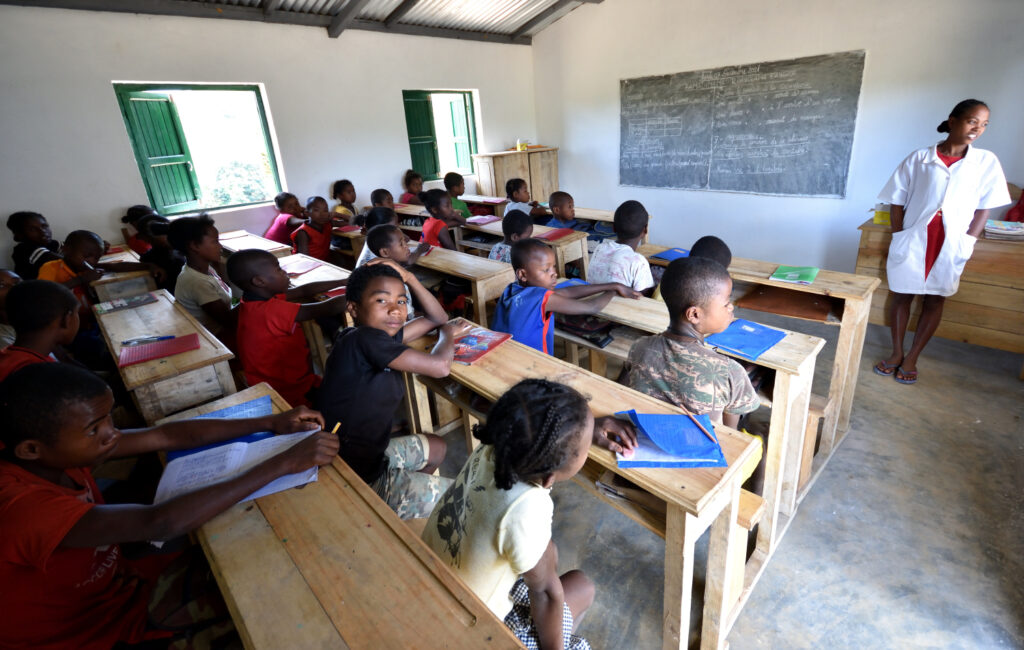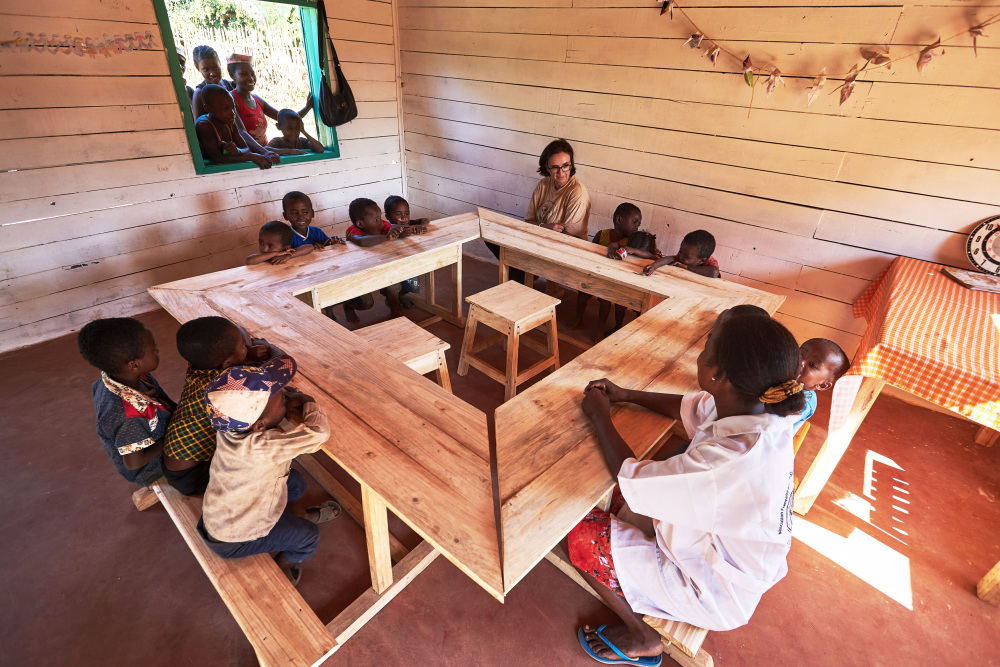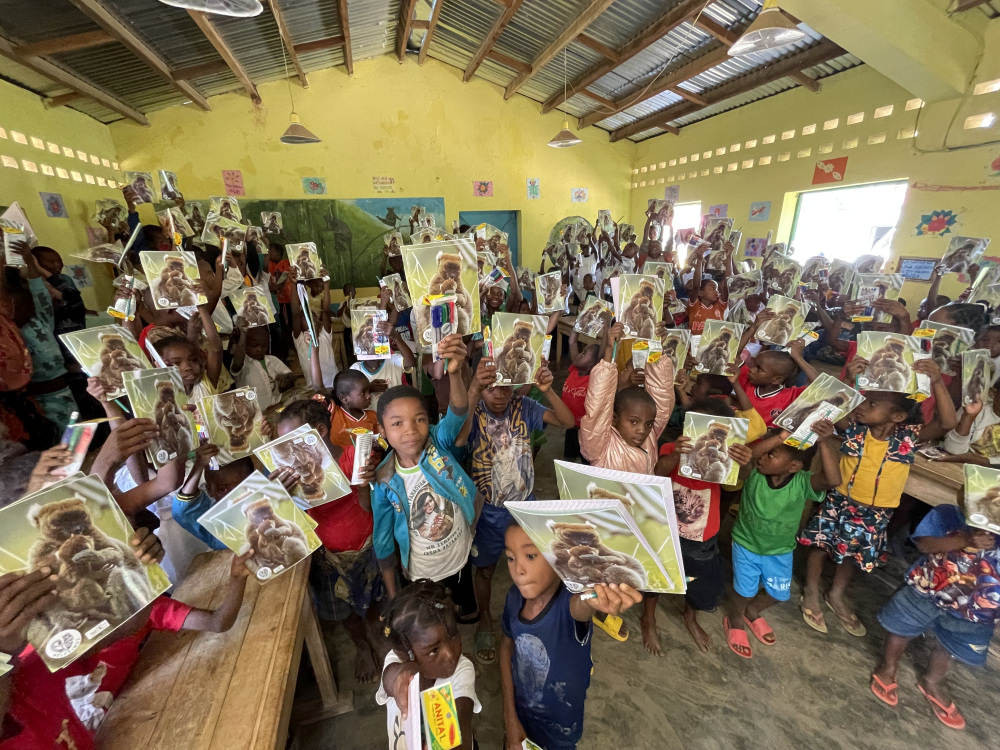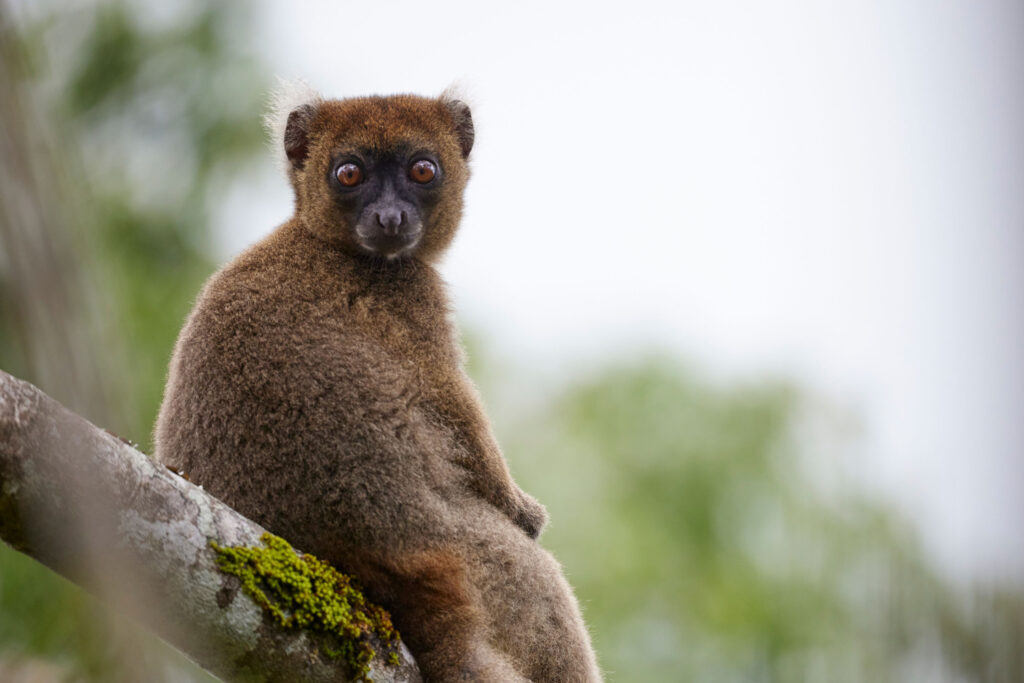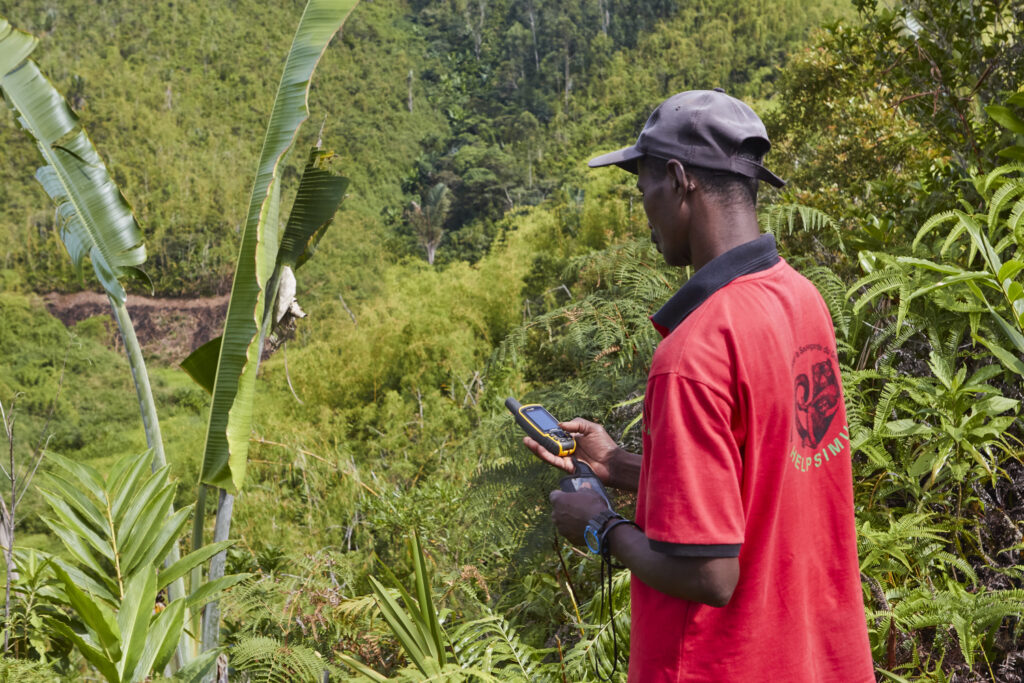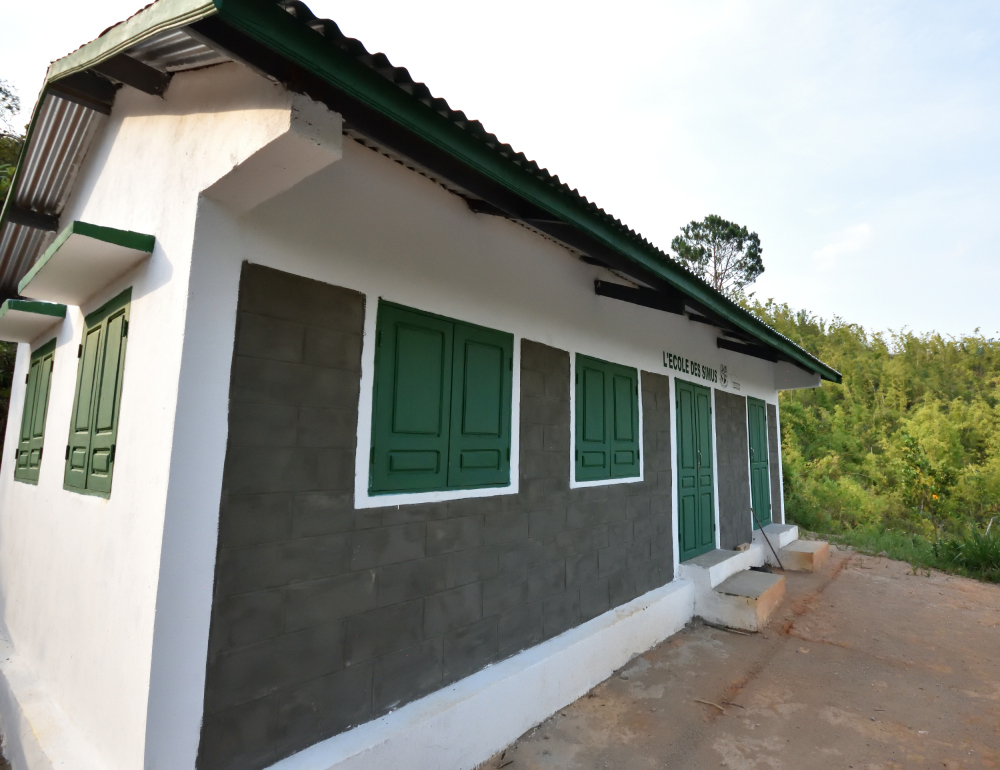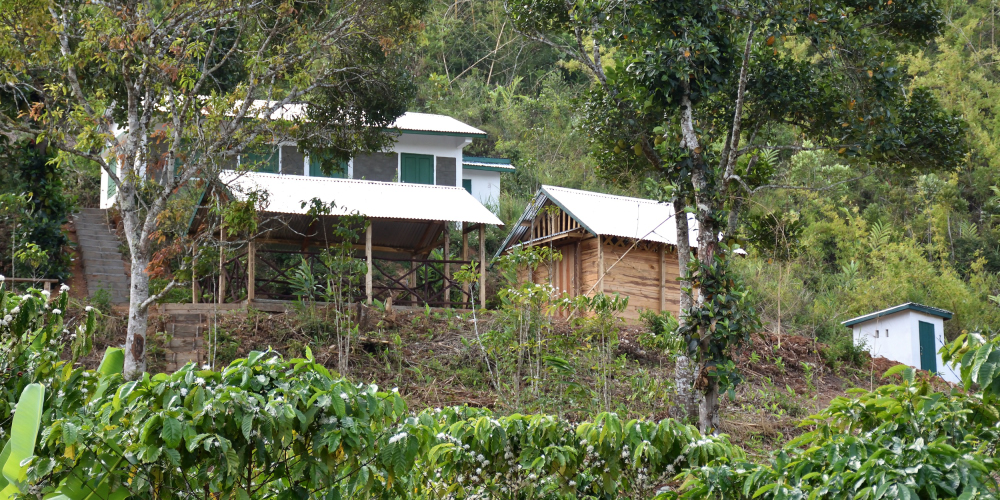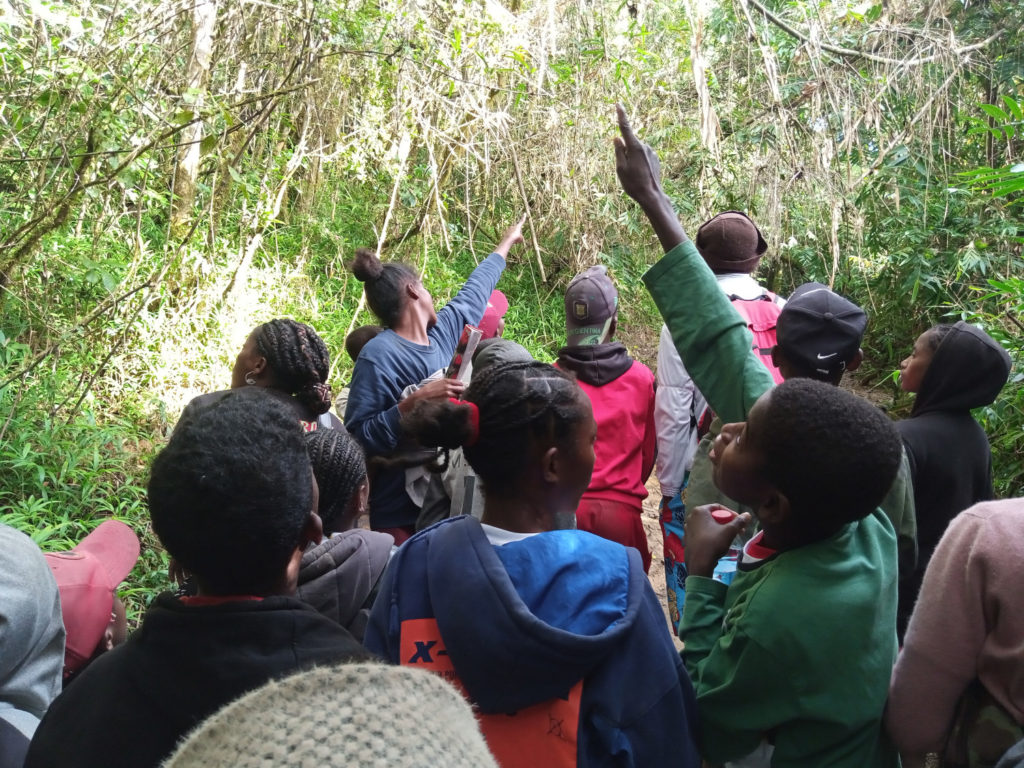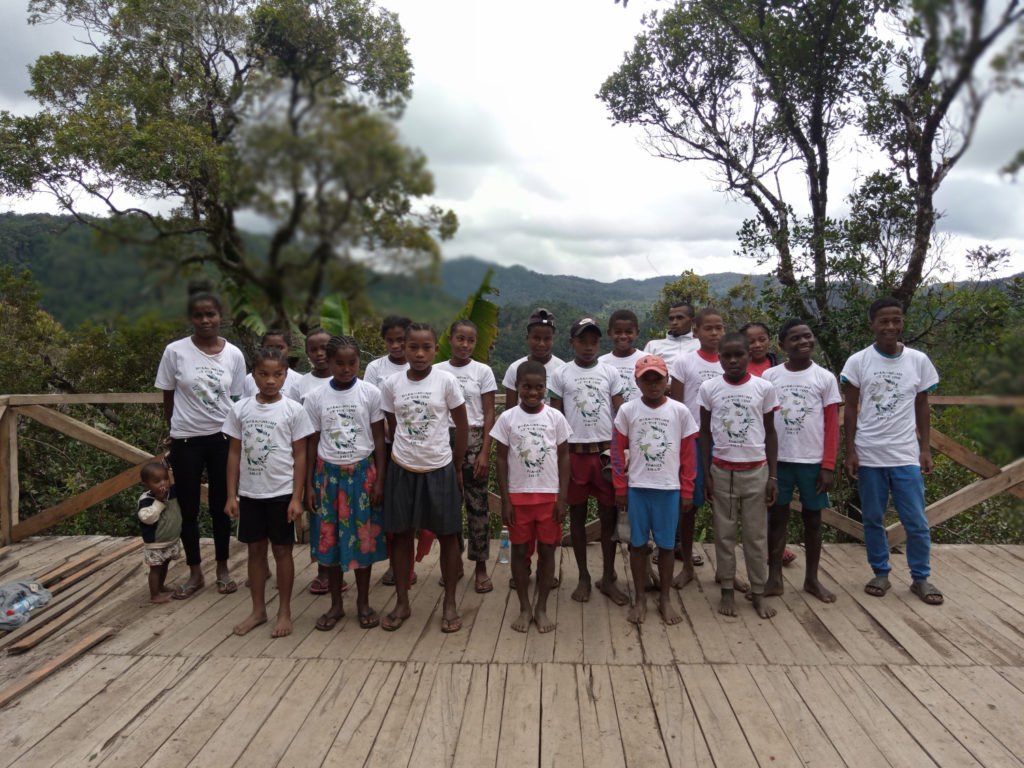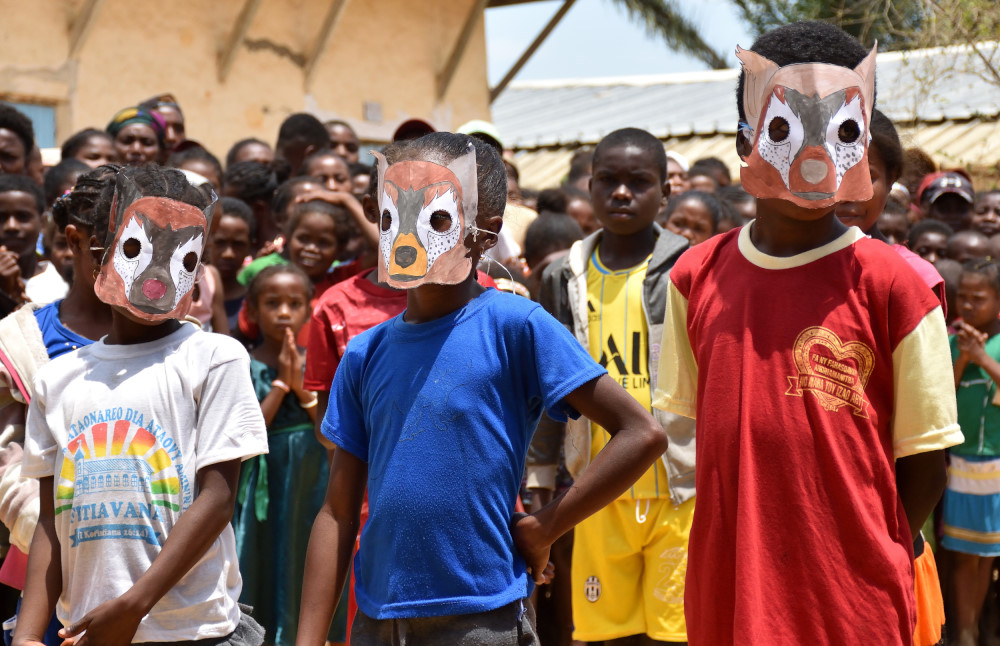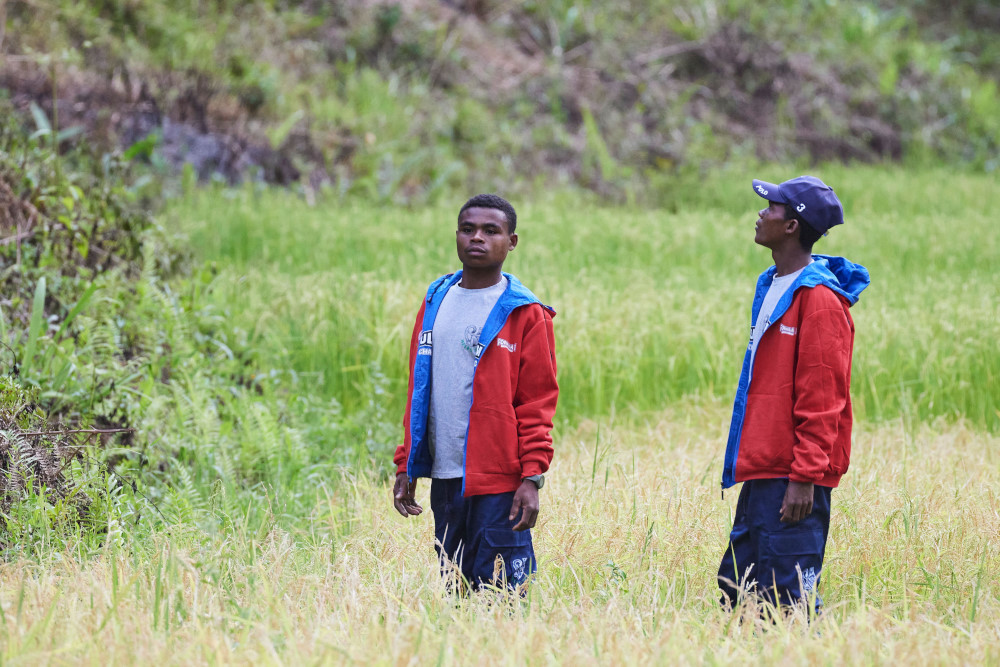The Vohitrarivo camp holds a very special place in the history of our programme. Built in 2008, it was our very first field base camp, designed to host the teams working on site. After being severely damaged by the cyclones of 2022, it had to be entirely relocated and rebuilt on the “Simus Land” — a 40-hectare private property that we acquired in 2023 together with our local partner IMPACT Madagascar. This site now has major ecological importance, as part of the resident Greater Bamboo Lemur population has expanded its territory into this area.
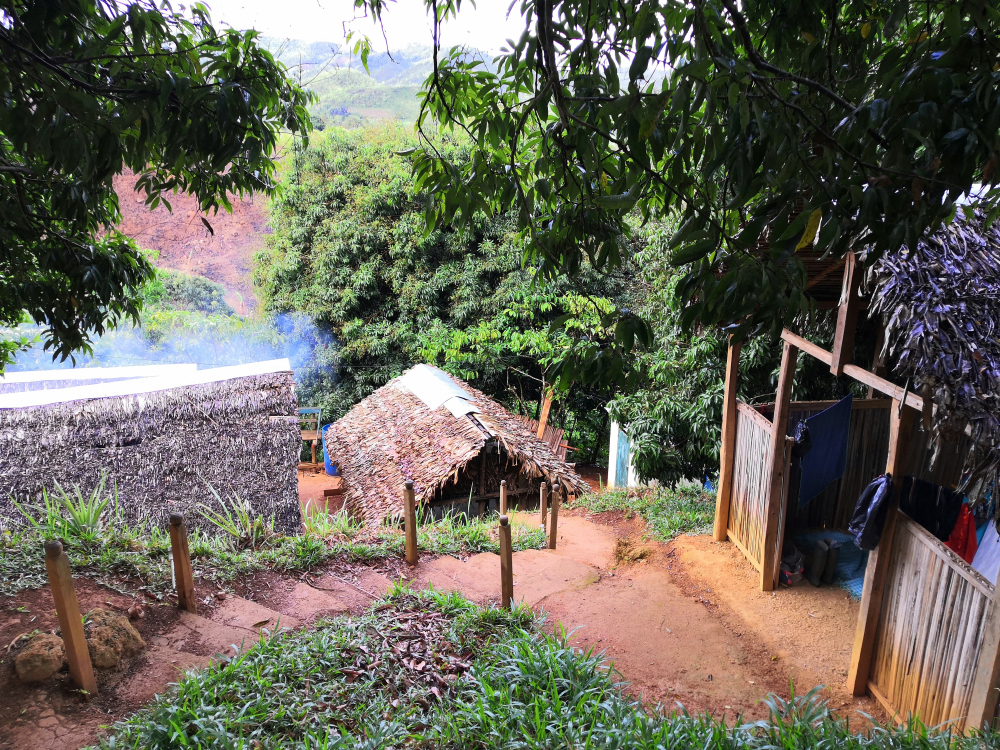

It is also on this land that we established our first research centre in 2024. Its electrification, completed in 2025, represented a significant milestone. It markedly improved working conditions for field teams and enabled the development of new scientific activities. This modernisation is all the more critical given that Vohitrarivo is the area most exposed to human pressure within our intervention zone. Research conducted here is thus essential to better understand the needs of this lemur population and to guide conservation strategies.


To support the programme’s development — particularly the expansion of our environmental education activities, which are crucial in strengthening awareness of environmental protection in the region — a major camp expansion project was launched in 2025. It includes the construction of several new facilities: a dormitory to improve accommodation for staff and visitors, additional toilets and showers to enhance comfort and hygiene, as well as an annex of the Simus School, with a brand-new refectory.



These developments meet a dual objective:
– to sustainably improve living and working conditions for field teams, ensuring continuity and quality in research efforts;
– to strengthen our educational mission by increasing our capacity to host workshops and green classes for children as well as for adults from local communities.
The opening of the Vohitrarivo Simus School also led to the recruitment of a new educator in April 2025. Thanks to this second school — in addition to the one in Sahofika — we are now able to offer more activities while significantly reducing the long walking distances previously required from our educators each week.
The camp expansion also brings an exciting new opportunity: hosting students as part of the launch of a primatology training programme. A first group is expected in the coming weeks. This programme will provide future Malagasy primatologists and conservation professionals with a unique immersion experience in the natural habitat of the Greater Bamboo Lemur.
In summary, the extension of the Vohitrarivo camp marks a major milestone in the evolution of our programme. More than an improvement of infrastructure, it represents a true investment in the future — strengthening our scientific capacity, advancing environmental education, and making Vohitrarivo a place where research, learning and conservation come together in service of lemur protection and habitat preservation.
The expansion of the Vohitrarivo camp was funded by the IUCN Save Our Species programme.






